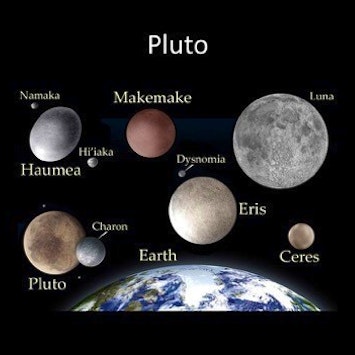Have you met an astronomer?
Discovery Place Nature

Ever wonder what it takes to become an astronomer?
Believe it or not, most people who study astronomy are amateurs — folks who don't necessarily have degrees in astronomy, but do have a passion for observing the night sky with equipment as technical as a telescope or as simple as the unaided eye.
Amateur astronomers have made many important scientific discoveries throughout history, including the discovery of planets, classification of galaxies and tracking of comets and asteroids.
Last month as part of Discovery Place Nature's involvement in the 2017 North Carolina Science Festival, Museum visitors had the chance to ask questions and learn about space during a series of "Meet an Astronomer" lectures. On three different Saturdays in April, astronomers with varying backgrounds came to speak about common astronomy misconceptions, the optics of the observer's eye when looking through binoculars and telescopes and the scale of our solar system.
A crowd and staff favorite was amateur astronomer Sophia Mullis, a young student who has been inspired by astronomy for years.

Using her elementary school as a model for the sun, Sophia calculated the approximate size and distance of the planets in our solar system, as well as how long it would take you to drive there if you were traveling at 55 miles per hour.
If Sophia's school in Charlotte were the size of the sun, Venus would be about the size of LeBron James in Huntersville, and Neptune would be the size of a fire truck in Green Bay, Wisconsin. It's this type of place-based informal science that can make astronomy so interesting and relatable and helps us understand our place in the universe.
If you'd like to make your own astronomical discoveries, consider joining the Charlotte Amateur Astronomy Club, participating in a citizen science project such as Galaxy Zoo or visiting the planetarium at Discovery Place Nature.
Have fun and keep looking up!
